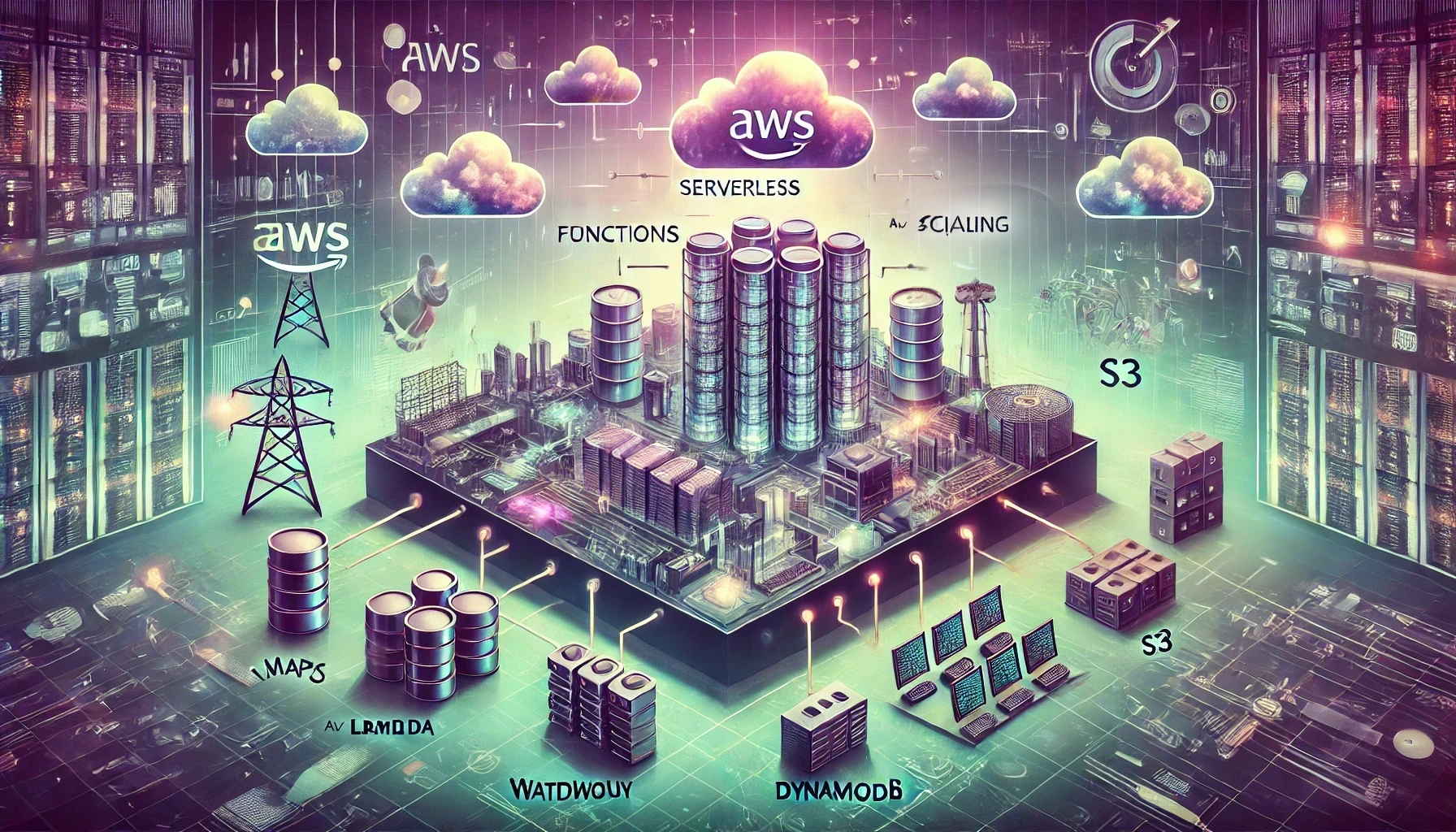Understanding Serverless Architectures in AWS
In the world of modern software development, Serverless Architectures in AWS have revolutionized the way we build and deploy applications. AWS serverless eliminates the need for server management, allowing developers to focus entirely on code, while AWS handles scaling and infrastructure.
What is Serverless in AWS?
Serverless in AWS allows developers to build scalable applications without managing the underlying infrastructure. AWS handles provisioning, scaling, and maintaining servers, ensuring automatic scaling based on demand.
Key Components of Serverless in AWS:
- AWS Lambda: The core of serverless computing, Lambda runs code in response to events and scales automatically based on demand.
- Amazon API Gateway: Manages APIs, allowing Lambda functions to connect seamlessly with external clients.
- Amazon DynamoDB: A fully managed NoSQL database that integrates with AWS Lambda for serverless data storage.
- Amazon S3: Provides scalable object storage, often used with Lambda for real-time data processing.
Benefits of Serverless in AWS:
- Cost Savings: Pay only for the time your functions are active, reducing infrastructure costs.
- Automatic Scaling: AWS handles scaling based on application demand.
- Faster Development: Developers can focus solely on writing code, speeding up the development cycle.
- High Availability: AWS serverless ensures that your applications remain available with built-in redundancy.
Common Use Cases for Serverless in AWS:
- Real-time Data Processing: Processing uploaded files with AWS Lambda and S3.
- Building APIs: Using Lambda and API Gateway to create scalable, secure APIs.
- Event-Driven Applications: Automatically trigger AWS Lambda when data in DynamoDB changes.
Challenges with Serverless:
While Serverless Architectures in AWS simplify development, they come with certain challenges, such as cold starts, execution limits, and debugging difficulties. AWS provides tools like AWS CloudWatch and AWS X-Ray to address these issues.
Best Practices:
- Optimize Lambda Functions: Adjust memory and execution time for optimal performance.
- Monitor Costs: Use AWS Cost Explorer to track usage.
- Security: Implement security best practices using AWS Identity and Access Management (IAM) to restrict access.
Conclusion:
Serverless architectures in AWS enable developers to create scalable, cost-effective applications without the burden of server management. To learn more and become proficient in serverless, check out LinneoTech’s AWS Serverless Architecture Course.


